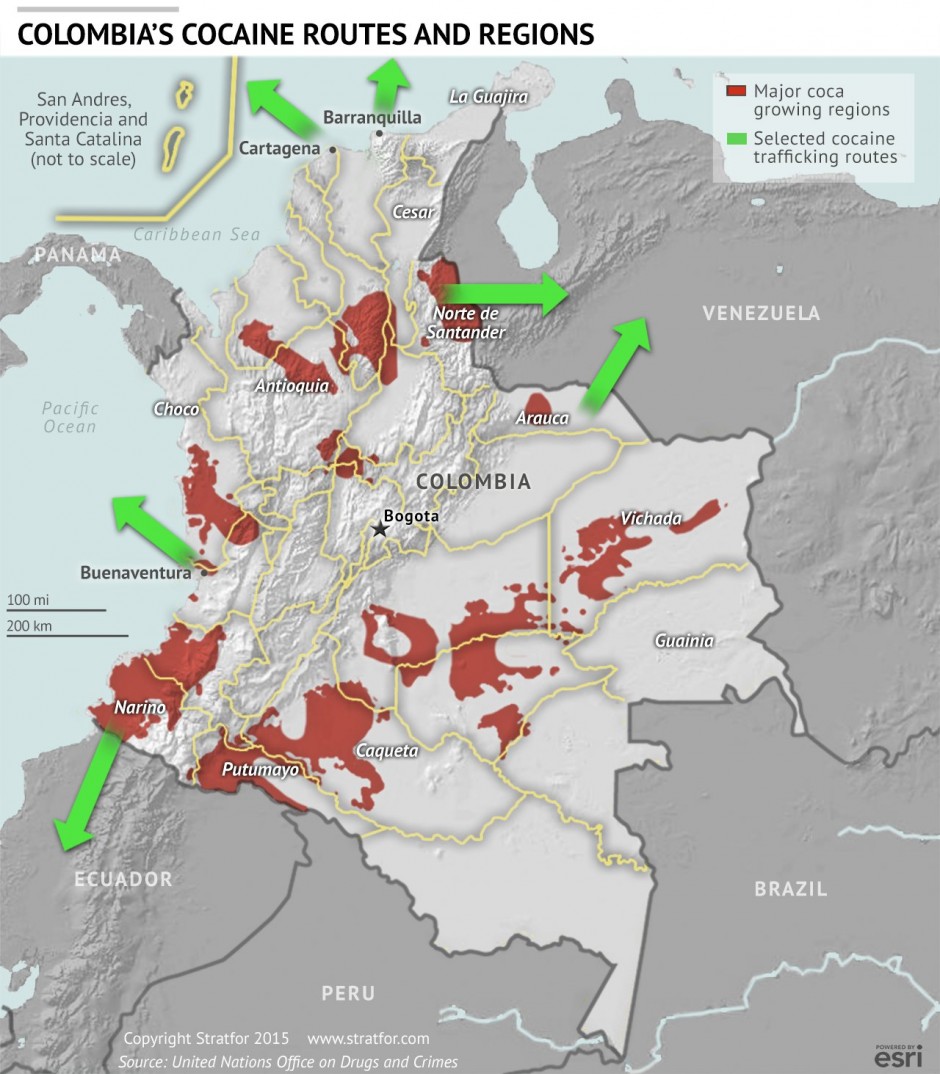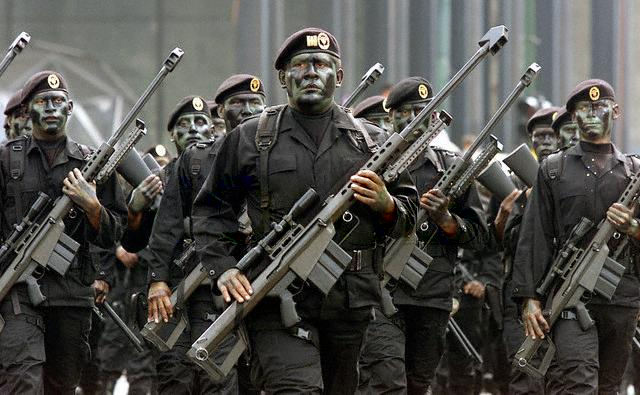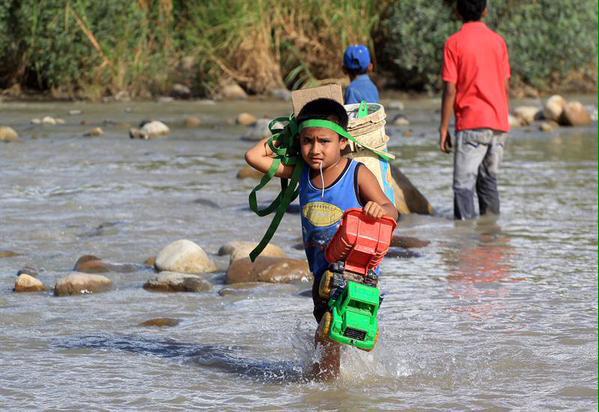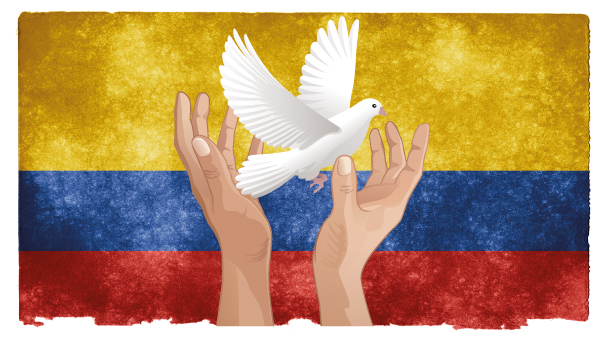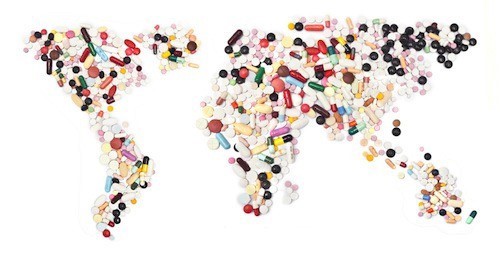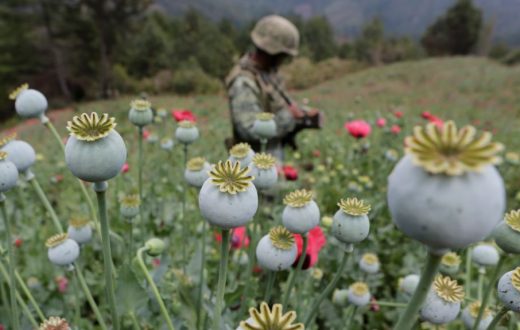In Colombia, a Peace Deal May Not Improve Security
Colombia may be on the verge of achieving a peace agreement with the largest of the country’s militant revolutionary groups, the Revolutionary Armed Forces of Colombia (FARC). Even if FARC militants by and large lay down their arms, many will stay active in criminal activities such as drug trafficking in the name of profit rather than in the name of Marxist-Leninist ideology.
Militants in Colombia often turn to major crime when their groups disband. Thus, many former FARC militants would likely move into major crime after their leaders come to a peace agreement with the Colombian government and would become simply another group in Colombia’s criminal landscape. Colombia’s criminal organizations are involved in activities including illegal mining, extortion, and smuggling of food and fuel from Venezuela. However, one of the major sources of revenue for these groups is cocaine.
The cocaine trade will continue to drive most organized criminal activity in Colombia. Colombia has been a major coca-growing nation and cocaine producer since the 1970s, and today it is still the primary exporter of cocaine to the United States and Europe. The country’s northwestern region has become a battlefield for rival crime groups operating illegal gold mines and extorting small-scale mining operations in the area, but the southwestern departments are home to the cocaine industry. The department of Narino holds around 25 percent of the country’s planted coca, much of which is processed into cocaine and smuggled out through local seaports. Colombia’s lengthy border with Venezuela will also remain a major area of activity for Colombian criminal groups, largely because it is a vital transit route. All major Colombian criminal organizations involved in trafficking cocaine abroad smuggle it through roads and rivers to Venezuela.

